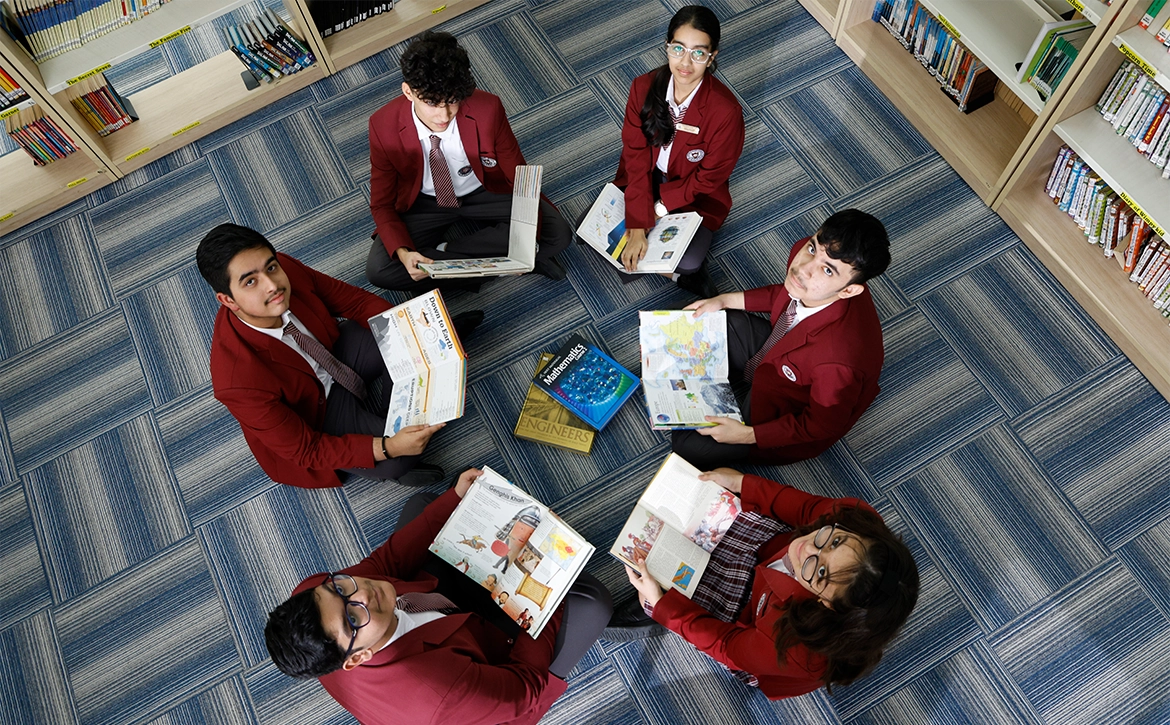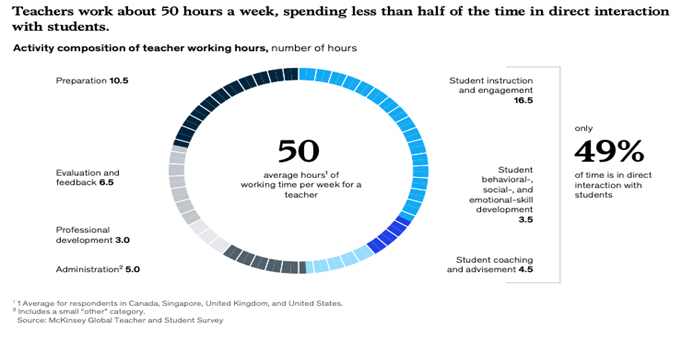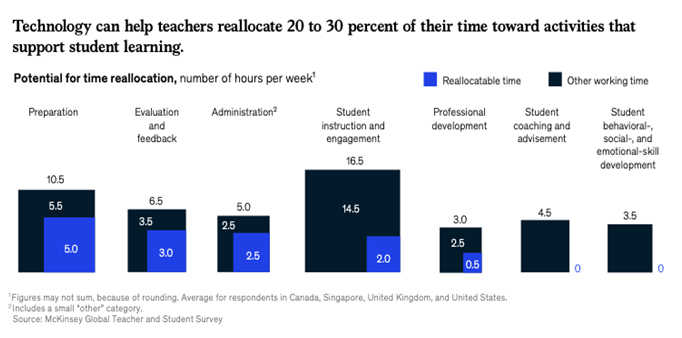Leveraging the best attributes of machines and teachers

Leveraging the best attributes of machines and teachers
You’ve probably heard it over and over by now: The coronavirus crisis offers an opportunity to “re-imagine education.” It’s become a mantra in education and business circles.
For now, let’s ignore the fact that schools are having a hard enough time delivering education that has yet to be reconceived with Covid-19 around the globe. Let’s just look at the “re-imagine” discussion on its own merits. What we hear in this international conversation is that “re-imagining” really means adding more and more education technology into schooling, kids spending more or virtually all of their learning time on screens with programs supposedly individualized for each student.
 On May 6, 2020 New York Gov. Andrew M. Cuomo rocked the education world — and drew strong criticism from teachers and others — by questioning why school buildings still exist and announcing that he would work with Microsoft founder Bill Gates to “re-imagine education,” with technology at the forefront. He also argues that the coronavirus pandemic offers an opportunity to change how students are educated, and he called Bill Gates “a visionary” whose “thoughts on technology and education” should be advanced.
On May 6, 2020 New York Gov. Andrew M. Cuomo rocked the education world — and drew strong criticism from teachers and others — by questioning why school buildings still exist and announcing that he would work with Microsoft founder Bill Gates to “re-imagine education,” with technology at the forefront. He also argues that the coronavirus pandemic offers an opportunity to change how students are educated, and he called Bill Gates “a visionary” whose “thoughts on technology and education” should be advanced.
“The old model of everybody goes and sits in the classroom, and the teacher is in front of that classroom and teaches that class, and you do that all across the city, all across the state, all these buildings, all these physical classrooms — why, with all the technology you have?”
So, let’s look at the data and see if rapidly developing technology really does spell the end of schools and teaching as we know it or are there less efficient areas of a teachers life that can benefit from leveraging technology and provide more ‘time’ for teachers to provide crucial learning to their students.
The McKinsey Global Institute’s 2018 report estimates school teachers will grow by 5 to 24 percent in the United States between 2016 and 2030. For countries such as China and India, the estimated growth will be more than 100 percent. Moreover, the research suggests that, rather than replacing teachers, existing and emerging technologies will help them do their jobs better and more efficiently.
Current research suggests that 20 to 40 percent of current teacher hours are spent on activities that could be automated using existing technology. That translates into approximately 13 hours per week that teachers could redirect toward activities that lead to higher student outcomes and higher teacher satisfaction. The research clearly suggests that by leveraging existing technology teachers can reallocate 20 to 40 percent of their time to activities that better support student learning.

Table 1
The findings in Table 1 are unequivocal: teachers, across the board, are spending less time in direct instruction and engagement than in preparation, evaluation, and administrative duties. This begs the question of what then are the areas of teacher time that can most benefit from leveraging technology and what can the impact be? The following Table 2 shows in very real terms where judicious leveraging of technology can benefit the teacher and more importantly the learner.

Table 2
Preparation is an area where teachers spend an average of 11 hours a week, with effective use of technology this could be cut to just six hours. Evaluation and feedback is another area where technology has a strong foothold, for example, computer grading of multiple-choice questions is already prevalent with much more possible, technologies such as this could save three of the current six hours a week that teachers spend on evaluation and feedback. The administration is the bane of teachers’ lives. The potential of software that automatically fills out forms, provides menus of potential responses, maintains inventories, and even automatically orders replacements could reduce the number of time teachers spend on administrative responsibilities significantly with the potential to bring down non-student focused time from five to just three hours per week.
Conclusion
 In my role as a school leader and influencer I cannot ignore the benefits of well-leveraged technology as a direct benefit to teachers and the learners and I know that teachers on my staff will accept with open arms anything that provides them with less administration work and significantly more learning time for their students. So, at Springdales School, Dubai technology will be progressively and aggressively implemented over the next few weeks, months, and years.
In my role as a school leader and influencer I cannot ignore the benefits of well-leveraged technology as a direct benefit to teachers and the learners and I know that teachers on my staff will accept with open arms anything that provides them with less administration work and significantly more learning time for their students. So, at Springdales School, Dubai technology will be progressively and aggressively implemented over the next few weeks, months, and years.
However, when school resumes post-COVID, we will take advice from Michael Fullan when he says “technology is the wrong driver” as we ascertain whether children really need more of the anytime-anywhere Big Tech strategy or they need more face-to-face support in the immediate new normal. We know that they have not had a group routine for an extended period, they will almost certainly need to re-learn habits such as taking turns and listening to others. They will need help dealing with the post-traumatic stress that accompanies any disruption or disaster and let’s not forget the students with greater challenges who require specific support that has been missed during the ‘restrictions’ period. Learning in the here and now in school will most likely need more human and less hybrid learning. There is a case for more judicious use of technology than most children have experienced during COVID-19.
Of course, technology can and does enhance great teaching by using rich resources and methods for generating interactive student engagement and saving teachers time. But technology will not make any teacher more inspiring, caring or empathetic, more able to understand and develop global learning competencies like collaboration or citizenship, more able to deal with prejudice and bullying, or more ready to help their children learn and play outdoors. Only effective selection, training, and development through feedback of a teacher can do that.
Dr. Brian Gray,
Principal, Springdales School, Dubai.


